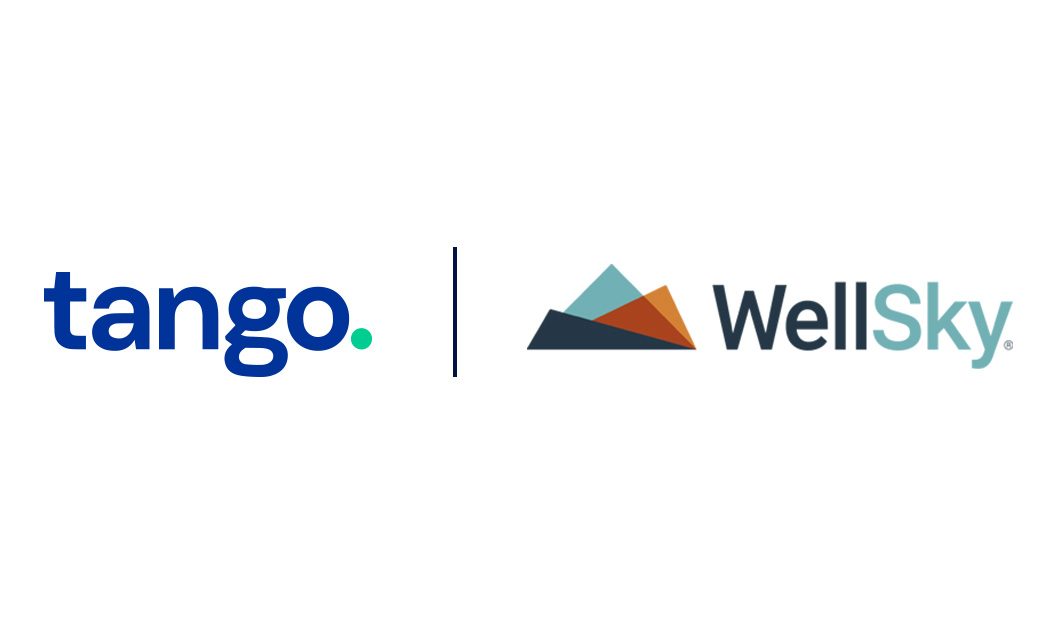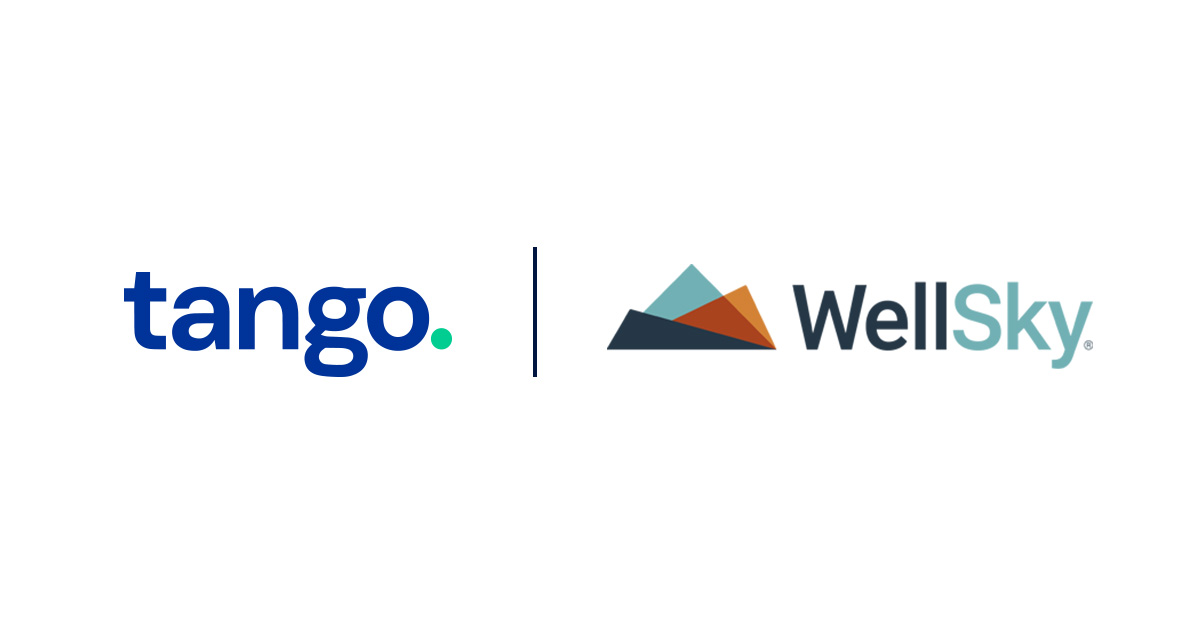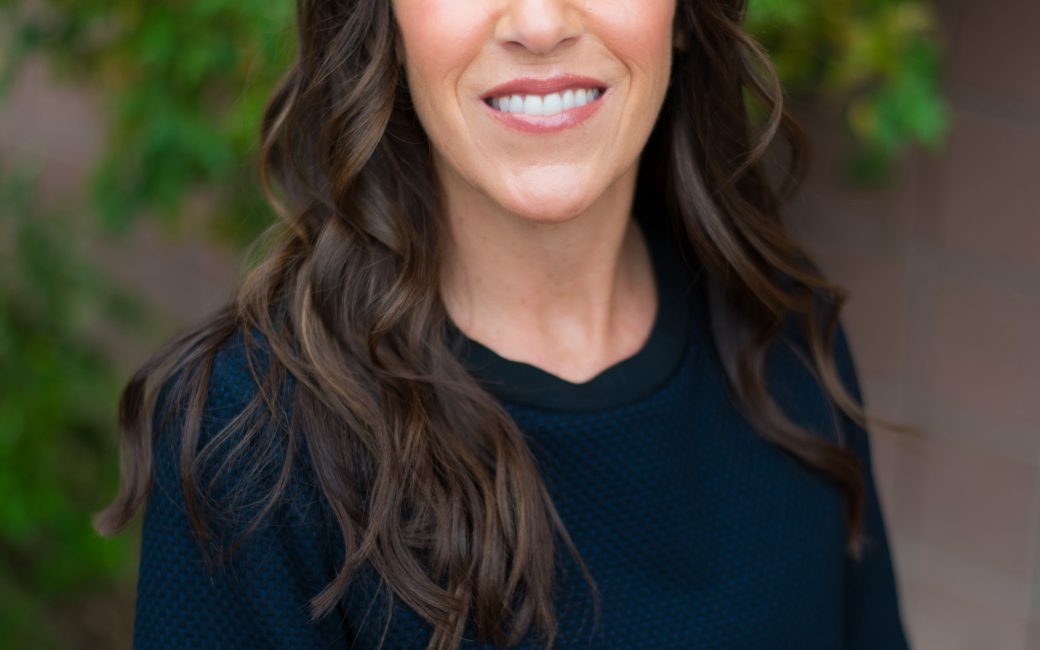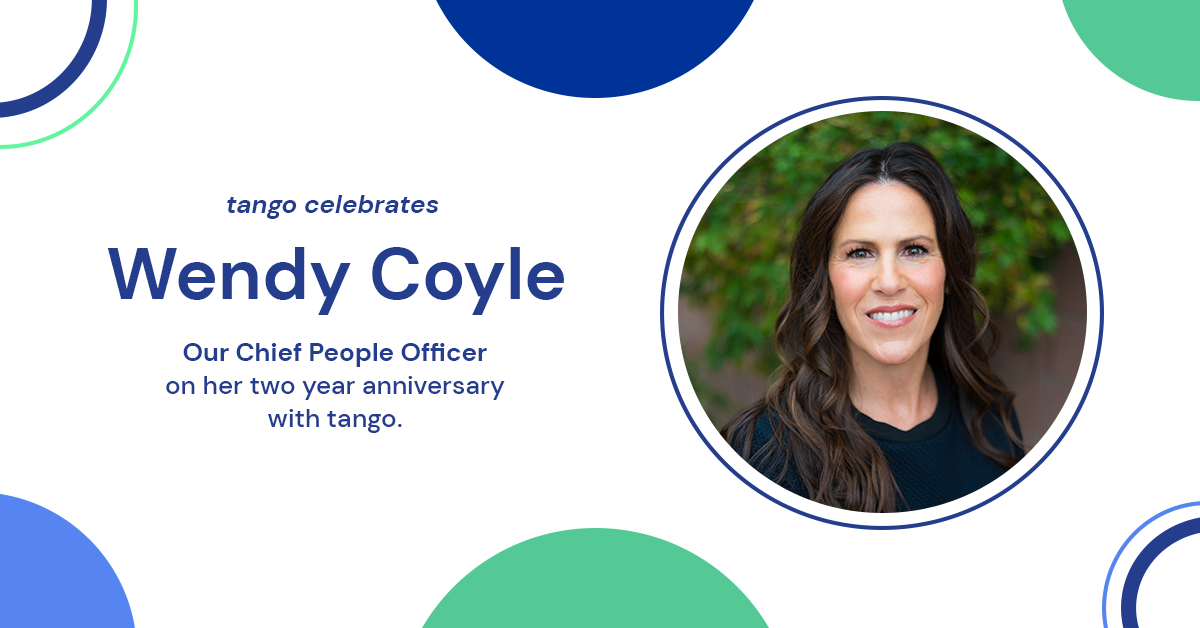“Robotic-based” Home Care is Actually More … Human
By Raman Padmanabhan | July 10, 2024

Woven into the deepest strands of healthcare’s DNA is the word - human. From the immaculate invention of penicillin to cutting edge transplants, decade upon decade, millions and millions of caregivers have come and gone. It all comes back to the visceral want of preventing pain and providing relief to fellow humans. Healthcare is an art, in many ways the kindest of acts we bestow upon the human race.
But what if “human” is facing a daunting potential foe? An emotionless, silicon and titanium one? While at first blush it may seem that way…AI is actually going to make care, particularly in-home care, more…human.
In 2023, AI crashed into the general lexicon…becoming one of the hottest and most debated topics. Nvidia’s stock blasted through the roof, you couldn’t go five minutes in the corporate world with someone talking about AI-strategy. Halfway through 2024, AI shows no signs of slowing. It will likely be bestowed Time Magazine’s ‘Person of the Year’. While AI technology is nothing new, including in healthcare, its front-page cacophony is rivaled only by say, Taylor Swift.
But, while AI was a niche use case a decade ago, five years ago even, and people viewed it as a far-away technology akin to self-driving cars, eVOLTs etc. It is here, in full force today. Whether we like it or not.
There are two potentially competing narratives being shouted across the healthcare continuum.
On one hand…care has devolved to become cold, dollar-driven, quick and assembly line like and lost the aforementioned human touch infused into its essence. There is a huge rallying cry to enable patients to feel more human, with more humane care. This is vividly visible in the growing trend of in-home care and aging in place. “Home is where the heart is” and other euphemisms depict the space we hold most sacred in our lives…home. That’s where we want to have preventative and post-acute care…not endless revisits to the time-consuming hospital system. There are plenty of documented case studies proving the point that patients receiving healthcare at home experienced lower risk of long-term care admission including depression and anxiety. The psychological and emotional support of the home environment in the presence of their loved ones offers an unparallel advantage of comfort that cannot be achieved in a hospital care setting.
On the other hand, there is the AI-tsunami. All the automation that’s going to enlighten the healthcare industry, if you ask proponents, or make matters worse to the naysayers. Regardless, every corner of healthcare is dancing with, exploring, and implementing AI in some capacity as we speak.
Is it possible to be pro-human and pro-tech at the same time when it comes to our healthcare?
Traditional AI applications are immensely useful to analyze patient data, identify patterns, and inform care decisions. This technology enhances care delivery by providing clinicians with actionable insights and decision support tools. But the ongoing evolution of generative AI is a bit different. While traditional AI plays a crucial role in healthcare, concerns regarding regulatory compliance and maintaining patient trust necessitate a cautious approach to adopting generative AI technologies.
Here is one use case. Data-driven insights generated through AI and machine learning enable home health care providers to optimize care pathways and personalize treatment plans for individual patients. In today's healthcare landscape, data transcends traditional acute care settings and permeates throughout the entire continuum of care, including skilled nursing facilities (SNFs), inpatient rehabilitation facilities (IRFs), long-term acute care hospitals (LTACs), and home health agencies. Recognizing the multifaceted challenges faced by the industry—ranging from care accessibility and quality to cost efficiency—it's imperative to harness the power of data across this continuum. By leveraging data analytics, we can optimize patient care journeys, improving both the quality and accessibility of care while simultaneously mitigating the cost burden. For instance, facilitating swift transitions from acute care settings to home environments not only enhances patient comfort but also reduces the likelihood of hospital readmissions, thereby contributing to overall cost containment efforts.
AI is a perfect assistant, but it can’t be the end all be all.
The preservation of human touch in healthcare, even as technology advances, is absolute. While AI enhances decision-making and efficiency, human involvement remains essential for empathetic patient care and building trust between clinicians and patients.






